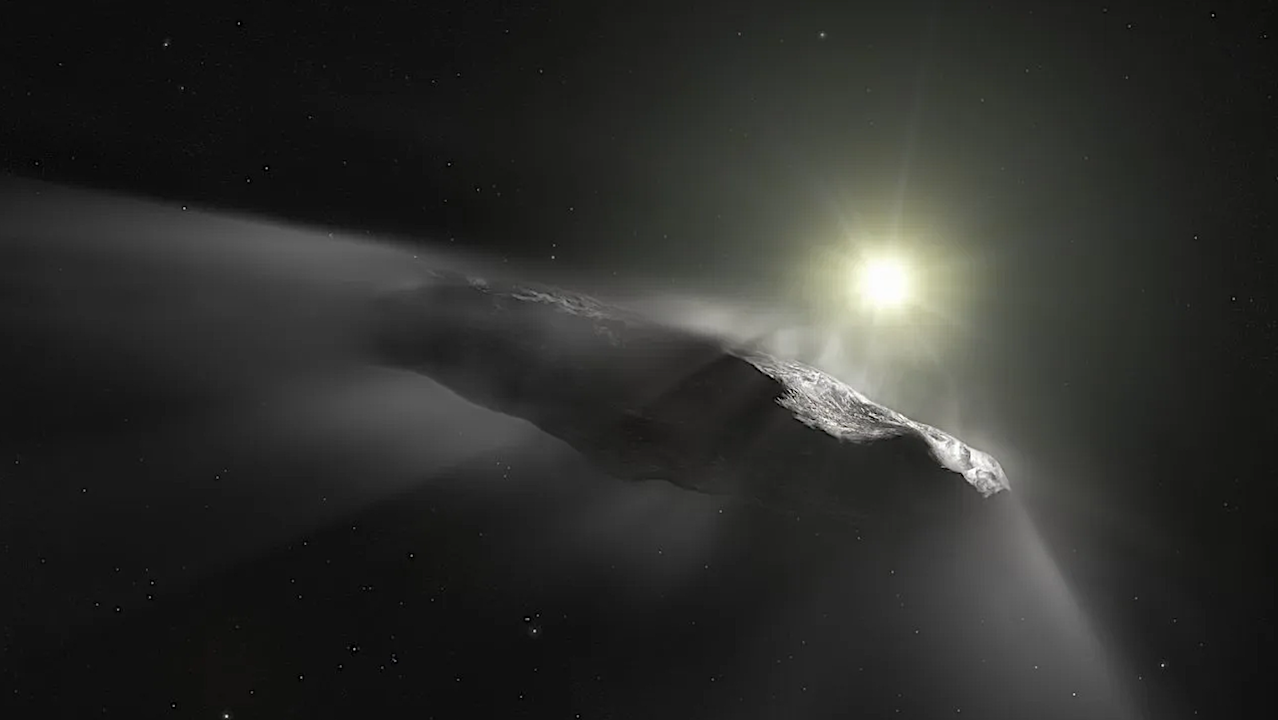The Implications Of ‘Oumuamua On Panspermia
Status Report
astro-ph.EP
January 5, 2024
Panspermia is the hypothesis that life originated on Earth from the bombardment of foreign interstellar ejecta harboring polyextremophile microorganisms.
Since the 2017 discovery of the comet-like body ‘Oumuamua (1I/2017 U1) by the Pans-STARRS telescope, various studies have re-examined panspermia based on updated number density models that accommodate for ‘Oumuamua’s properties.
By utilizing ‘Oumuamua’s properties as an anchor, we estimate the mass and number density of ejecta in the ISM (rho_m [kg au^-3] and rho_n [au^-3]).
We build upon prior work by first accounting for the minimum ejecta size to shield microbes from supernova radiation. Second, we estimate the total number of impact events C_n on Earth after its formation and prior to the emergence of life (~0.8Gyr).
We derive a conditional probability relation for the likelihood of panspermia for Earth specifically of <10^-5, given a number of factors including f_B, the fraction of ejecta harboring extremophiles and other factors that are poorly constrained.
However, we find that panspermia is a plausible potential life-seeding mechanism for (optimistically) up to ~10^5 of the ~10^9 Earth-sized habitable zone worlds in our Galaxy.
David Cao, Peter Plavchan, Michael Summers
Comments: submitted to AAS journals, feedback welcome, 12 pages, 3 figures
Subjects: Earth and Planetary Astrophysics (astro-ph.EP); Solar and Stellar Astrophysics (astro-ph.SR)
Cite as: arXiv:2401.02390 [astro-ph.EP] (or arXiv:2401.02390v1 [astro-ph.EP] for this version)
https://doi.org/10.48550/arXiv.2401.02390
Focus to learn more
Submission history
From: David Cao
[v1] Thu, 4 Jan 2024 18:06:24 UTC (303 KB)
https://arxiv.org/abs/2401.02390
Astrobiology,
No comments:
Post a Comment